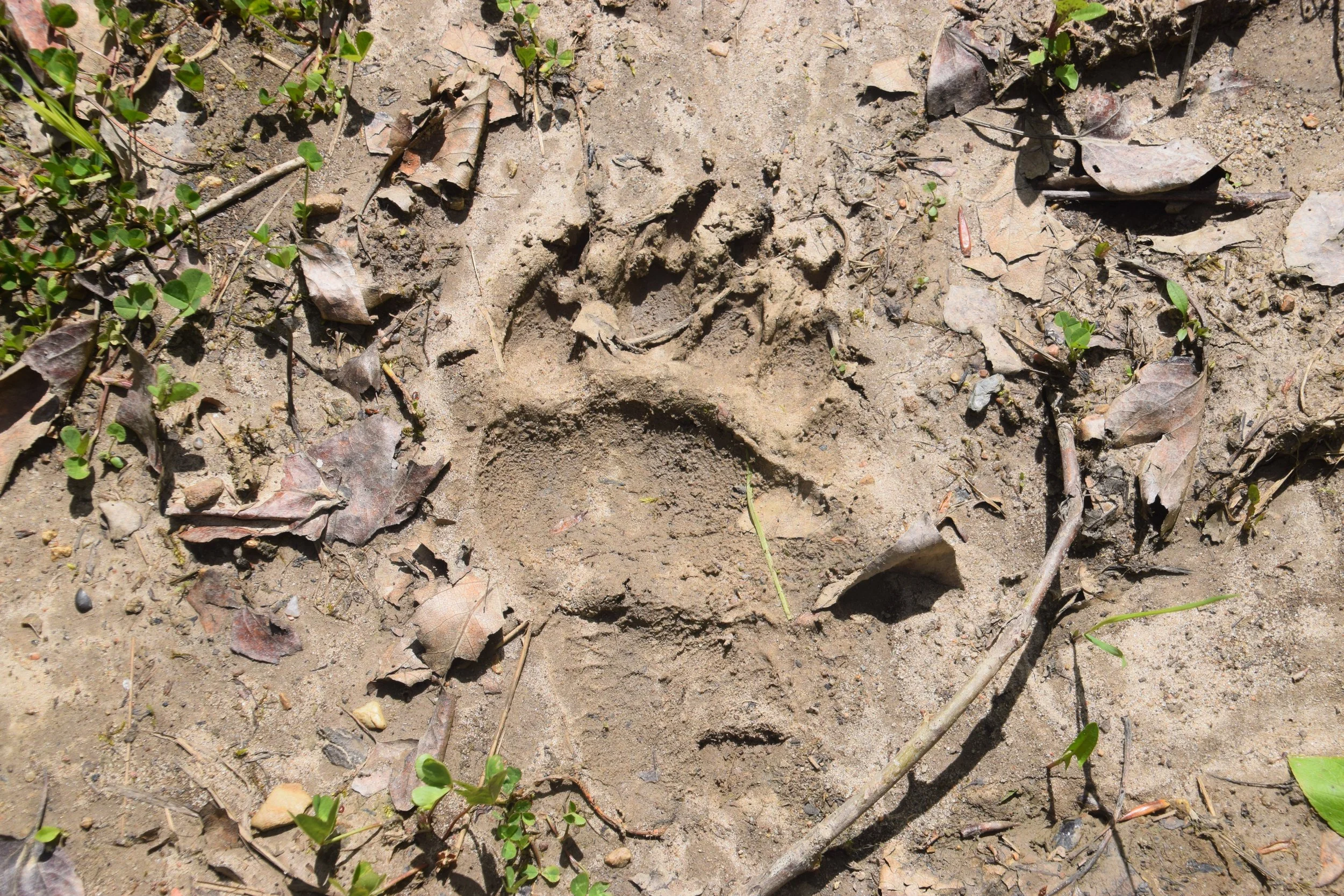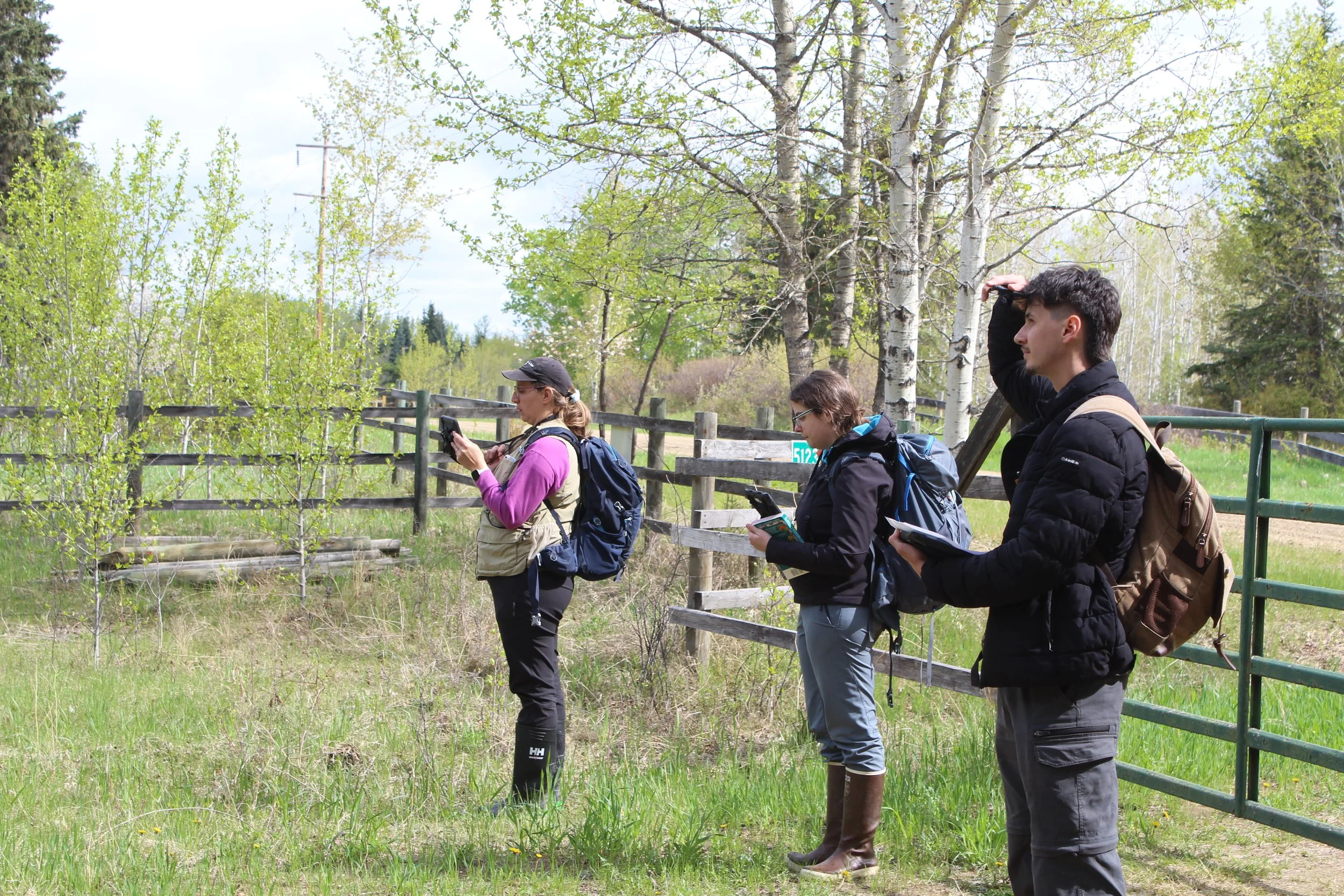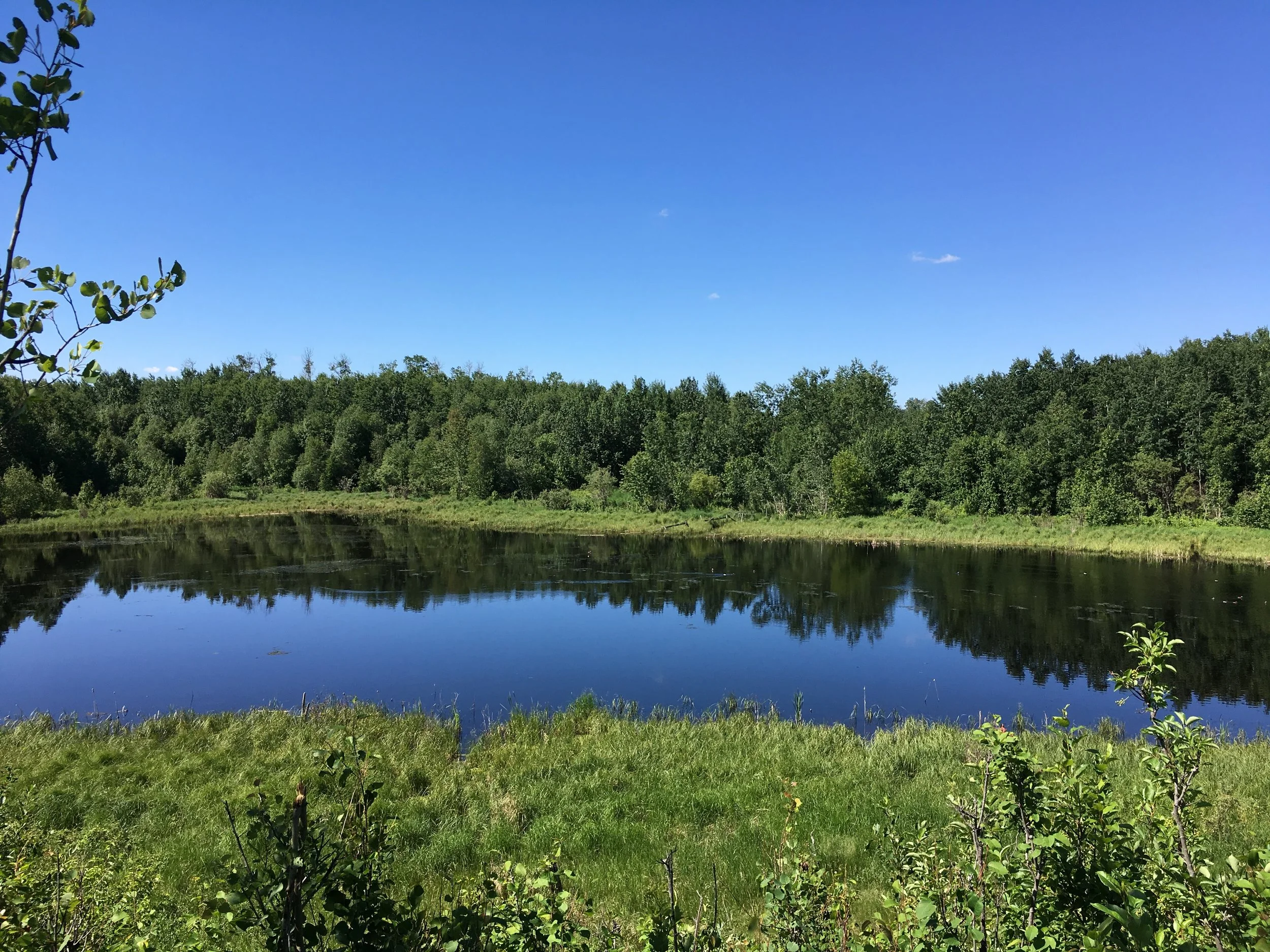
LOCATION
line
• Lamont County
• East of Elk Island National Park
• Within the Beaver Hills UNESCO Biosphere Reserve & Dark Sky Reserve
• 73 Acres
• 62 km drive from central Edmonton
DIRECTIONS, PARKING & TRAILS
line
• 3 km of natural trails
• Wide trails on gently rolling terrain with several boardwalks that cross wet sections of trail
• Roadside parking.
• Do not trespass on neighbouring land.
• Do not block driveway.
“The donor says:
Many years after my great -grandfather David Averell immigrated from Ireland, Cec left the small Irish farm where he had grown up to make his home in Edmonton. He provided leadership in many organizations and set an example of giving back to his community. He was always very proud of his Canadian citizenship and the multicultural identity of the country. He appreciated the challenges faced by newcomers and valued the contributions of people like the women and children who lived on this homestead.
Cec shared his love of walking in Alberta’s natural landscapes with his daughters, grandsons, extended family and friends. We are pleased that Cec will be remembered in association with this precious piece of land, and he would be pleased that it is being preserved so that present and future generations can walk here to learn the lessons of nature and experience the solace and inspiration that it affords.
”
Wildlife and Habitat
Just east of Elk Island National Park lies the Smith Blackburn Homestead in the Cooking Lake Moraine, a mosaic of wetlands and upland forest. It is considered important habitat for breeding, migratory waterfowl and other bird species.
This land is comprised of deciduous forest, dominated by Trembling Aspen and Balsam Poplar, and underlain with Raspberry and Beaked Hazelnut. The landscape is dotted with wetlands containing willows, asters and cattails. This ecosystem combination allows birds, such as Great Blue Herons, Soras, Common Loons and Common Yellowthroat, to nest, raise their young and thrive. Other species living in this space include Black Bear, Deer, Moose, Beaver, Wood Frogs, Canadian Tiger Swallowtail butterflies and many more.
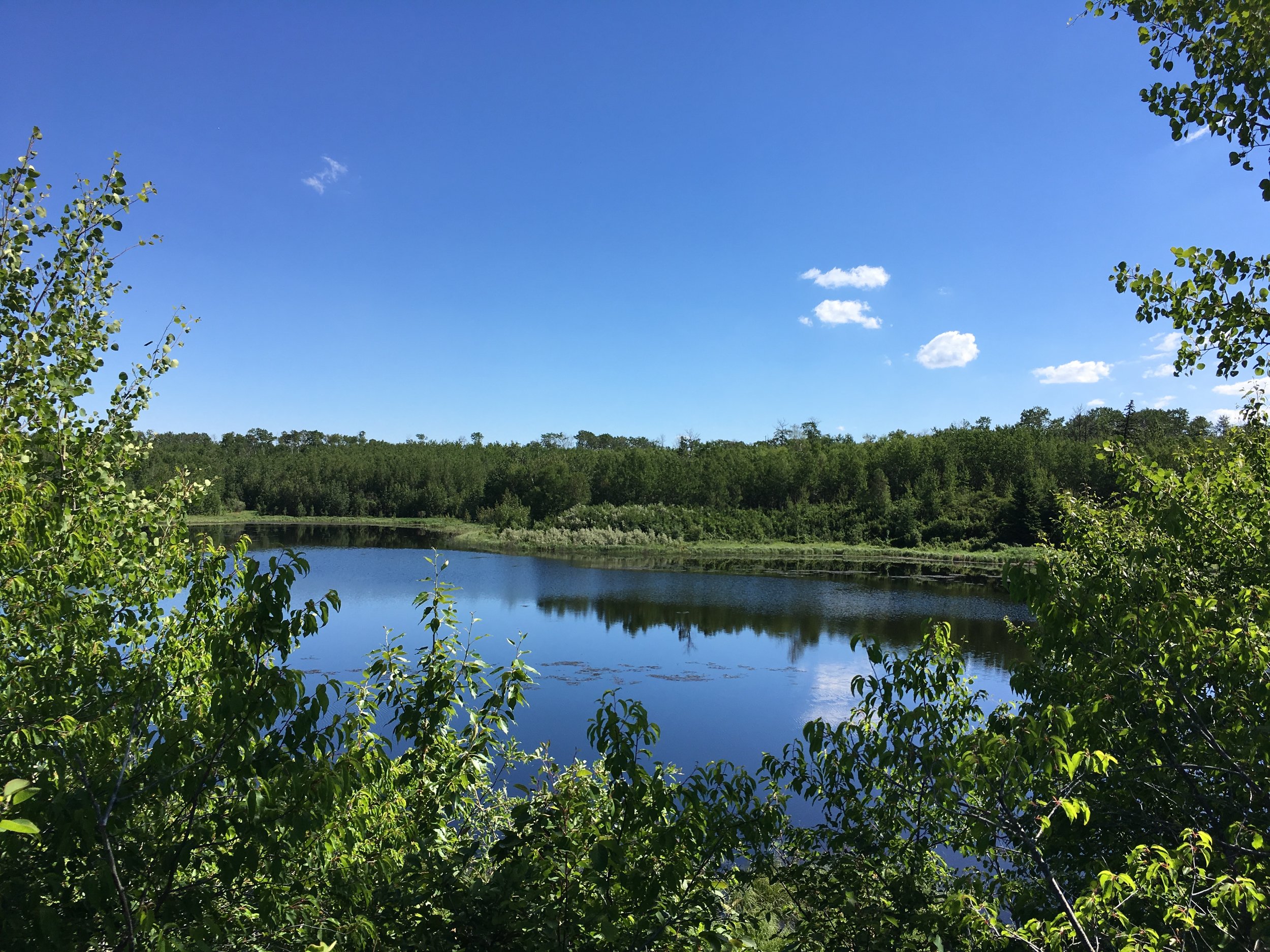
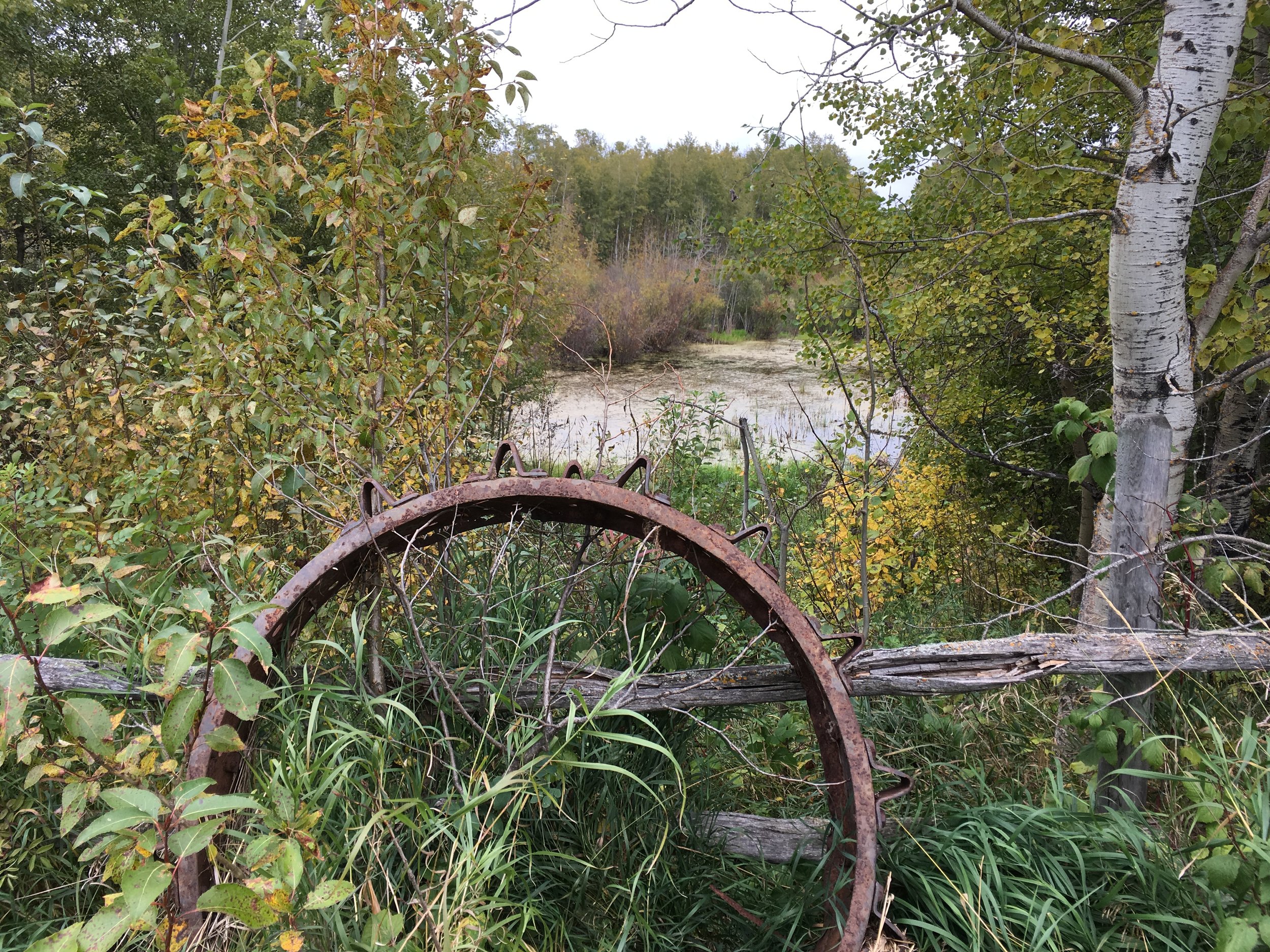
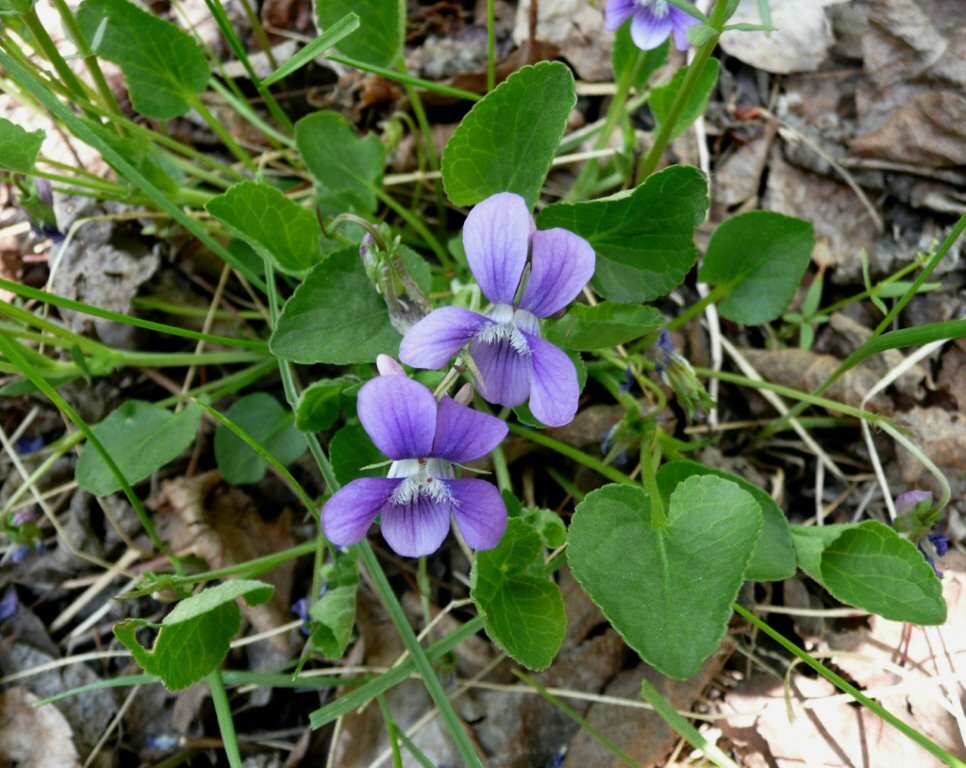
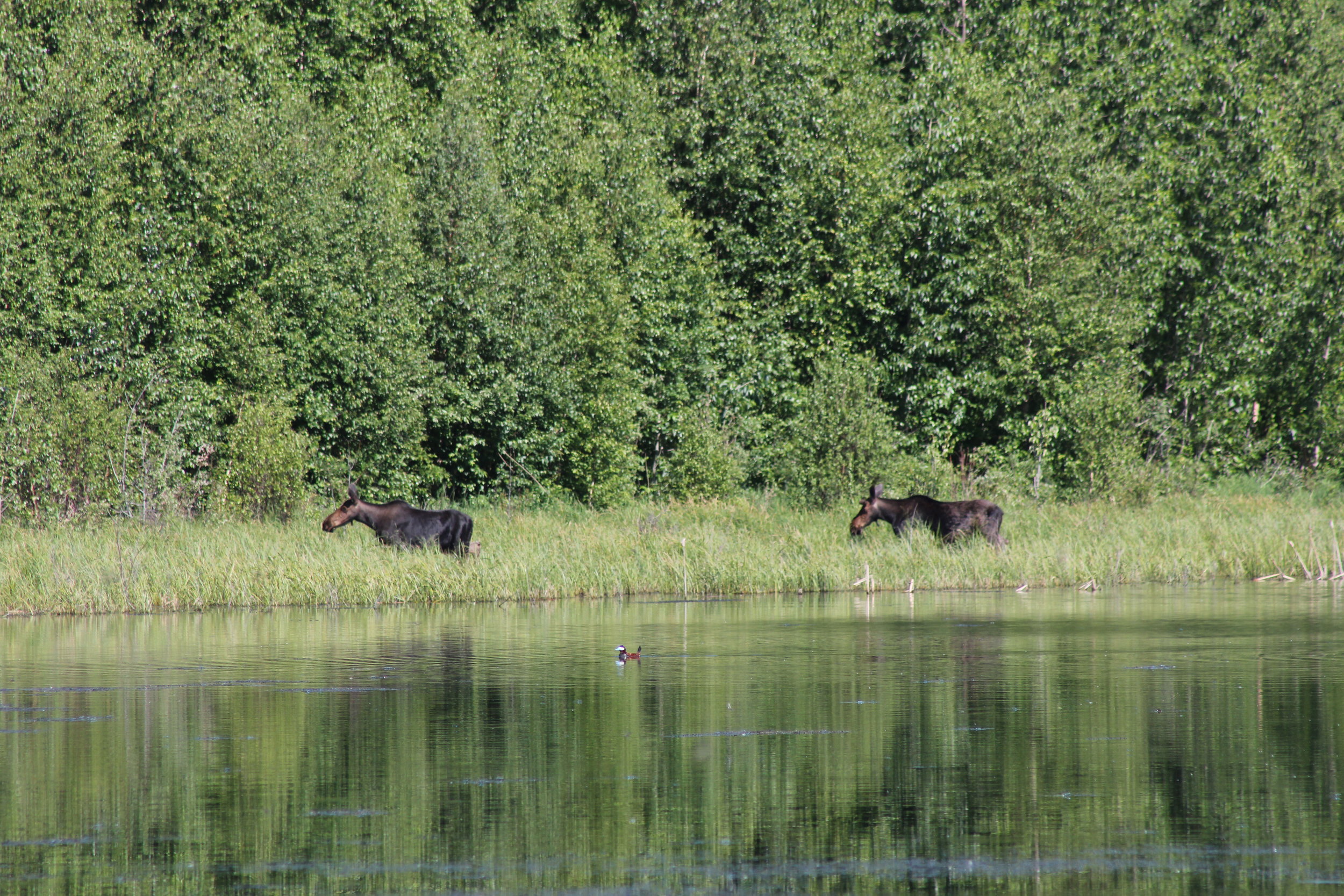
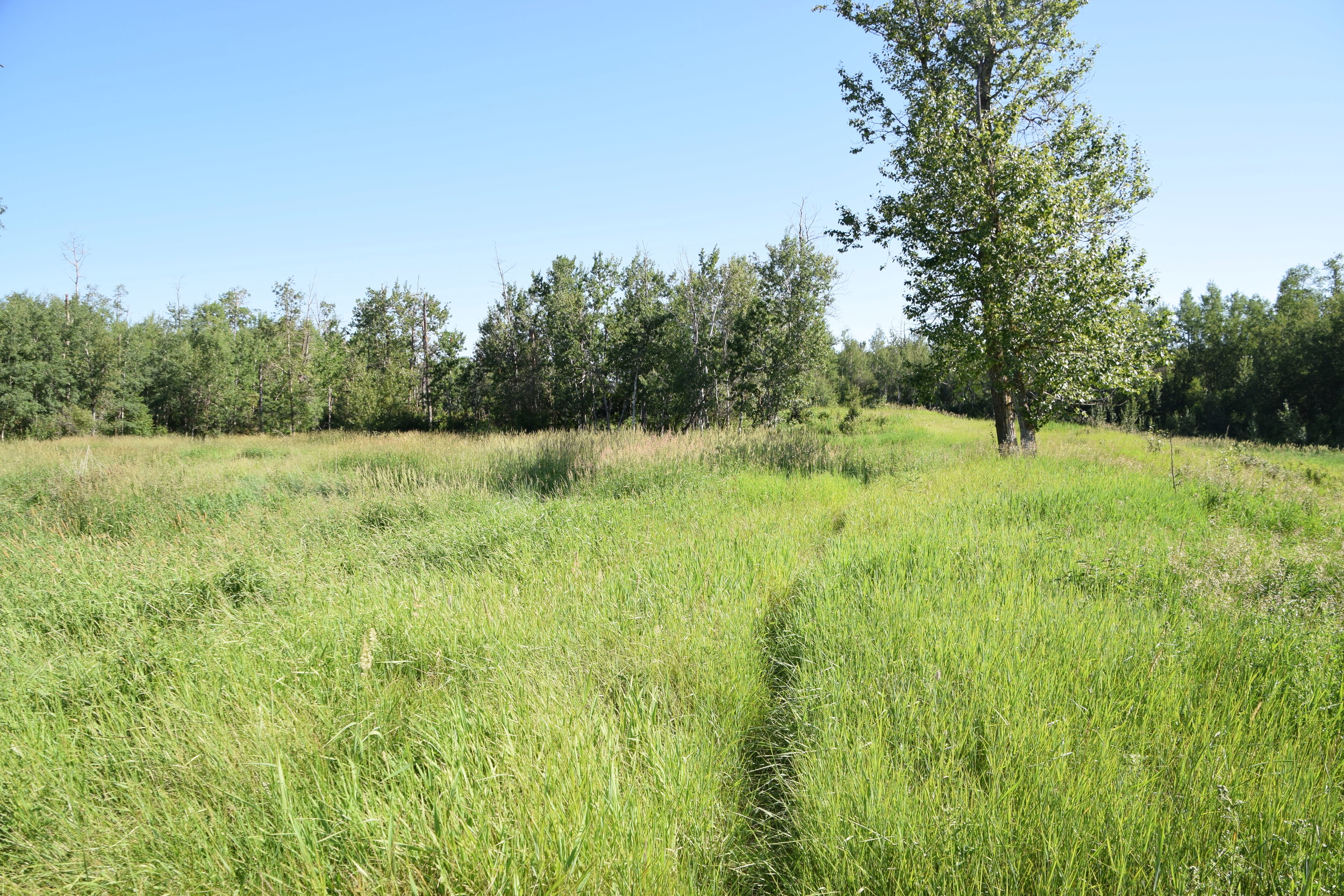

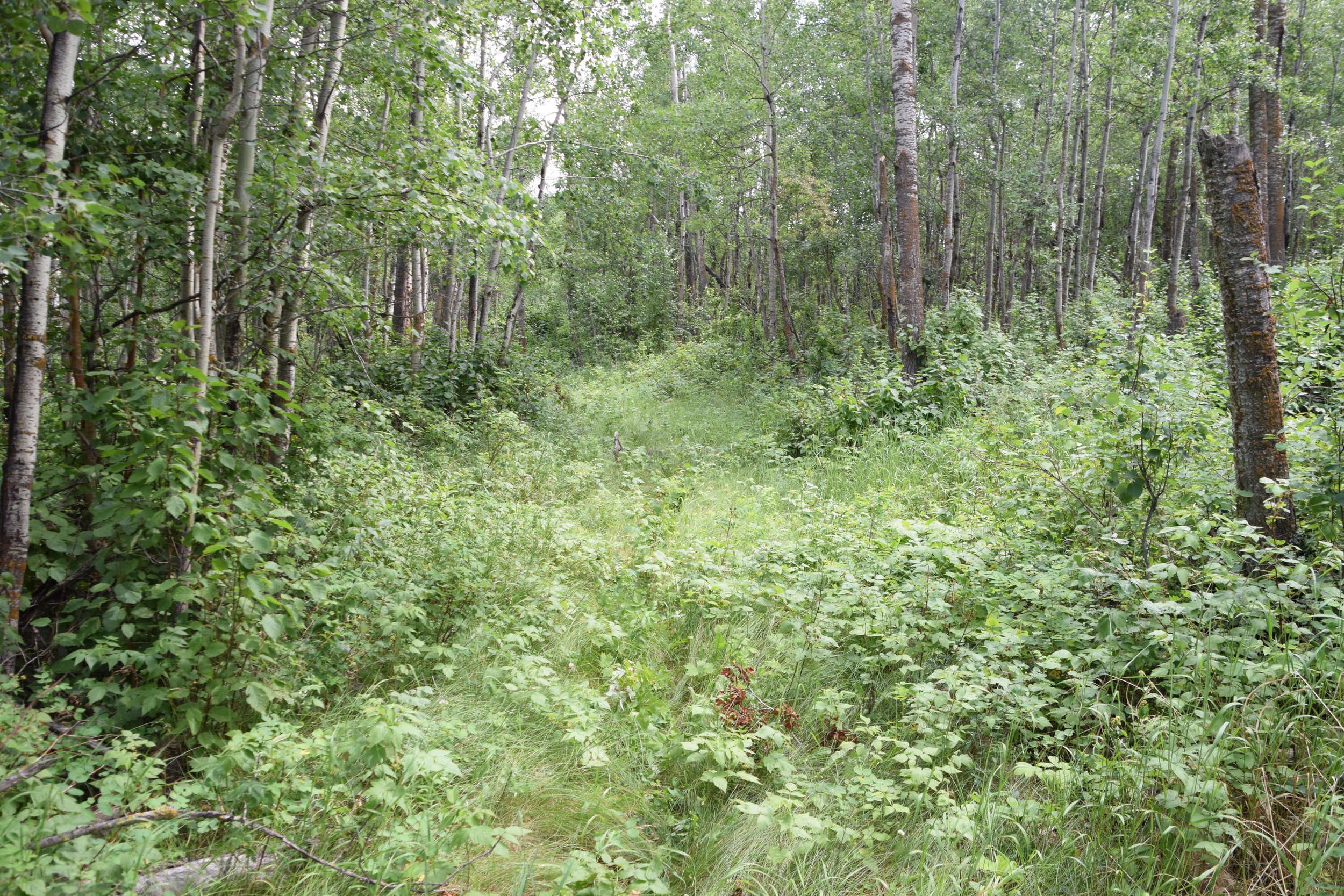


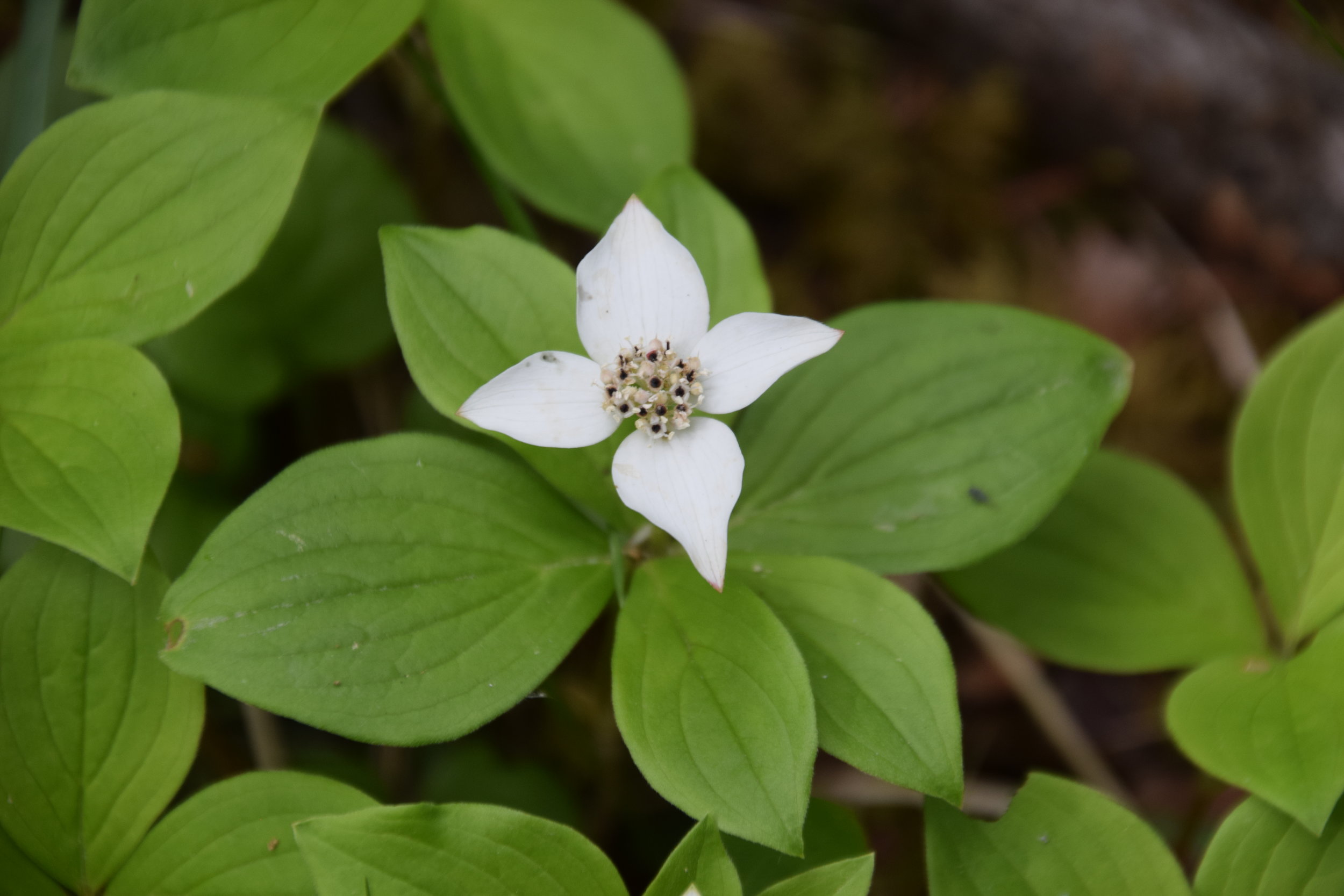
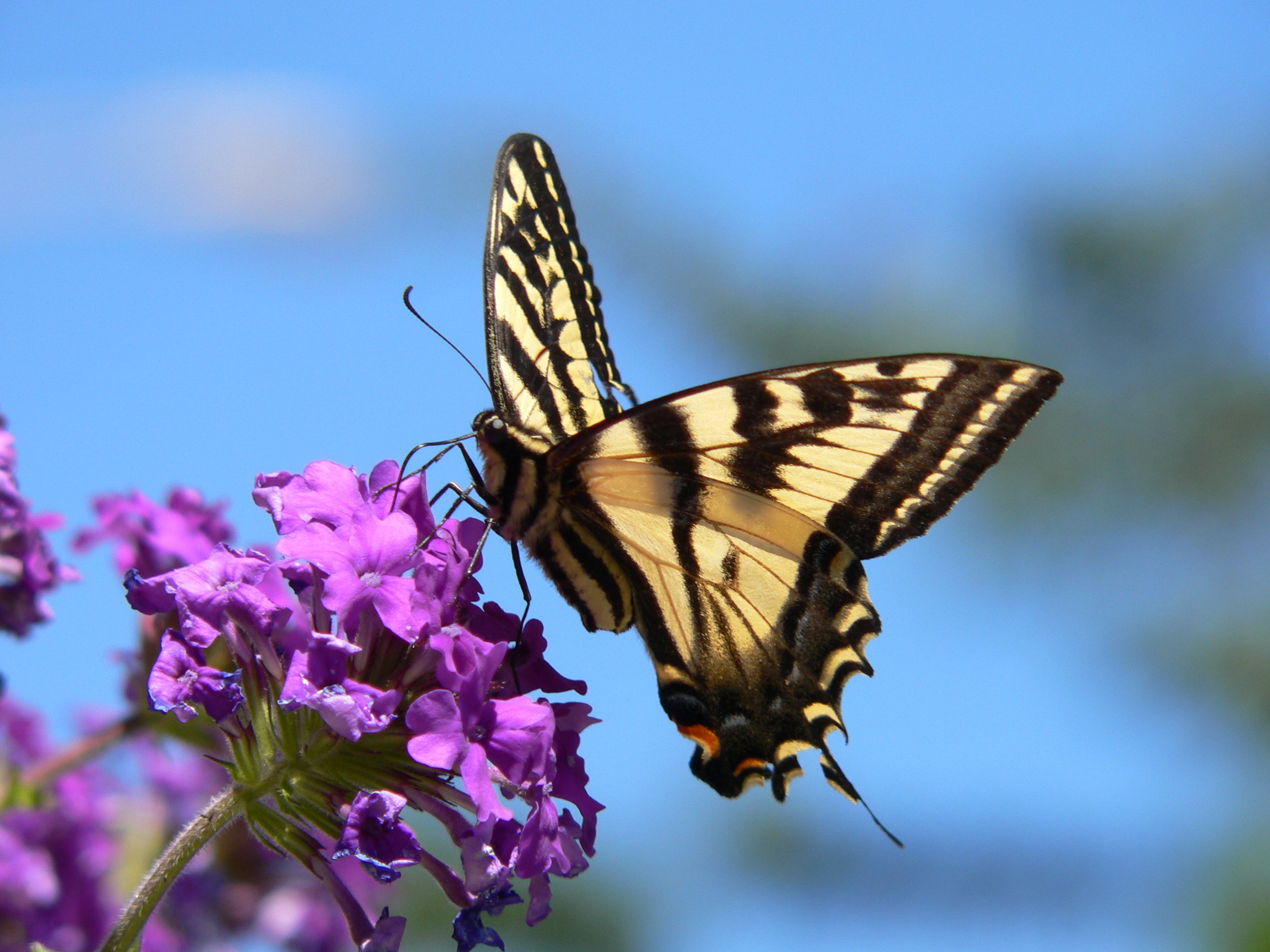

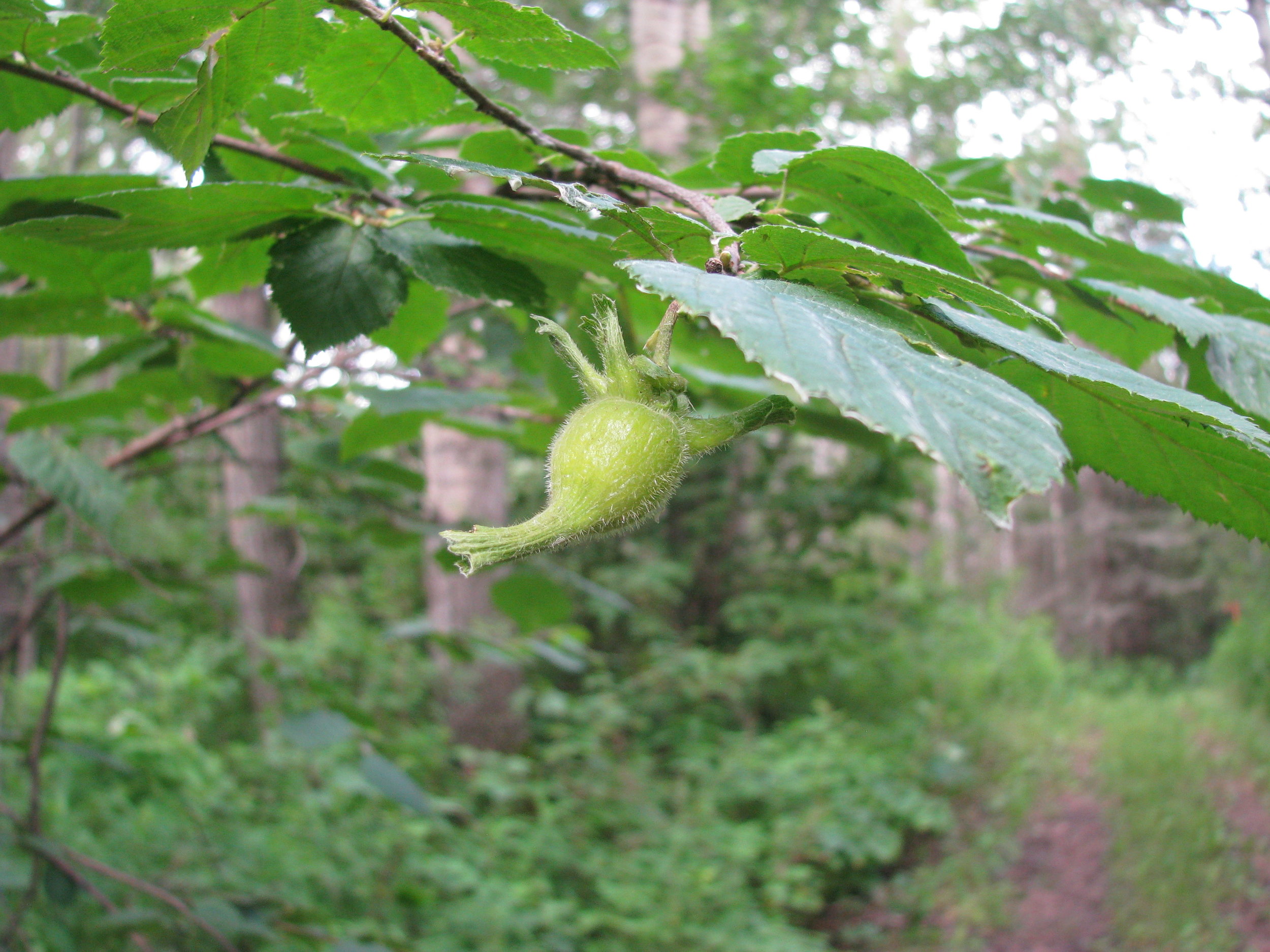
Importance
The Smith Blackburn Homestead is located in the UNESCO Beaverhills Biosphere Reserve and in the middle of the Cooking Lake Moraine, the heart of multiple conservation plans. With close proximity to Elk Island National Park, the Cooking-Lake Blackfoot Recreation Area, and Beaverhill Lake (an Important Bird Area), the Smith Blackburn Homestead is part of a close network of conserved areas in this region, which provide a large area of connected habitats, wildlife corridors, and stepping stones for wildlife, in a region that is otherwise highly fragmented. The Smith Blackburn Homestead is an additional piece to this mosaic of natural areas that provides homes for breeding waterfowl and songbirds, large mammals, mesocarnivores, and plays an important overall role in maintaining biodiversity in this region.
Homestead History and Donation In Memory
Cecil Blackburn
This land is an ecologically rich natural area that has been preserved, stewarded and appreciated by several generations of people.
In 1905 when she was 51, Mary Frances Averell travelled from northern Ontario to "prove up" the homestead claimed by her husband David in 1903, a year before his death. She was accompanied by her daughter Ruth Smith, who was also a widow with six small children. Her second eldest son, Patrick Anson Smith, inherited the land and lived on it throughout his life until 1989. His niece visited the property frequently as a young person, and later had the opportunity to own this property. This donor then wished to donate and conserve this land in memory of her husband Cecil William Robert (Cec) Blackburn.
Indigenous Connections
Hicks, Golden Ranches, Ministik, and the Smith Blackburn Homestead are all a part of the Beaver Hills region which was very important for resting when travelling between the hills and the plains in the spring and the fall. Historically, the Beaver Hills region was important for the Tsuut’ina, Nehiyawak (Cree), Anishnaabe (Ojibway/Saulteaux), the Nakota Sioux, and the Niitsitapi (Blackfoot). The hills are called Amiskwaciy by the Nehiyawak, Chaba hei by the Nakota and Kaghghik-stak-etomo by the Niitsitapi, referring to the abundance of beavers. The region’s dense forests, open plains, and lakes offered many resources for different Nations to rest and replenish their stores through hunting, gathering and fishing.






